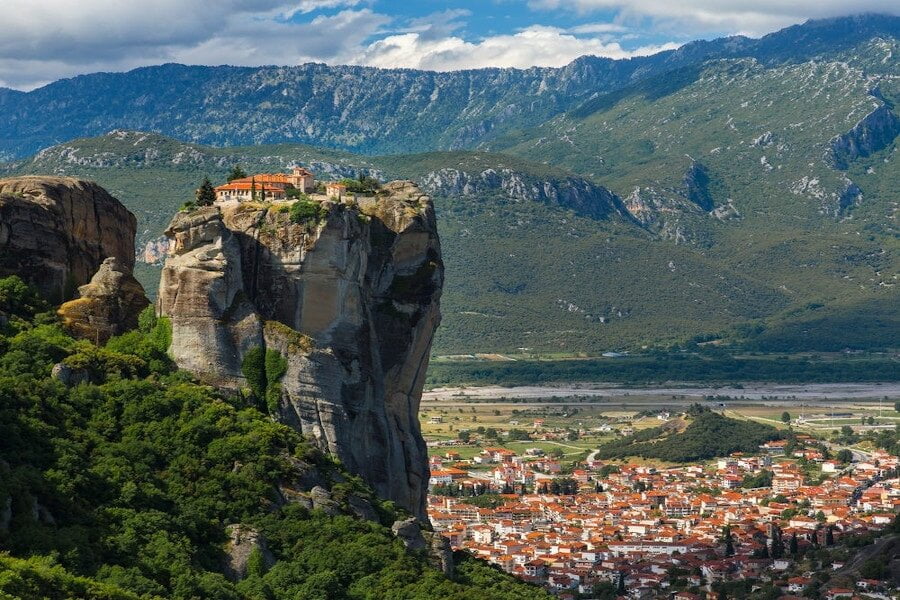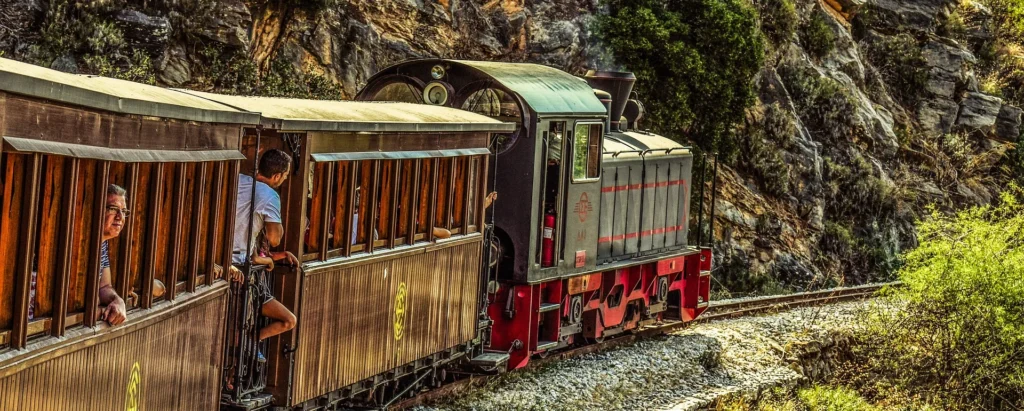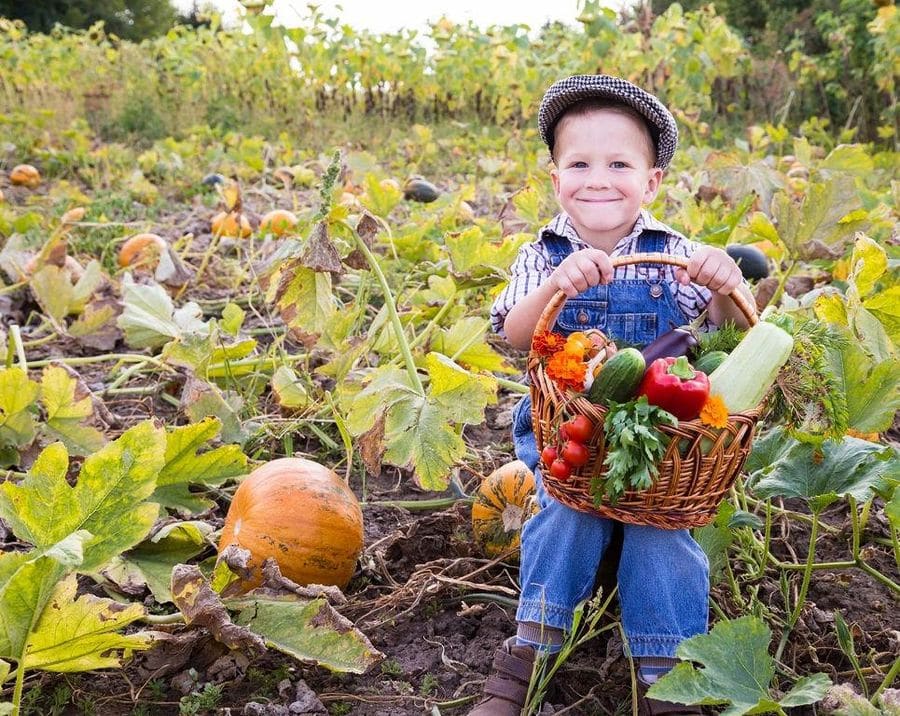After the Holy Mountain (Aghio Oros), Meteora is the largest cluster of monasteries operating continuously from the era of the first ascetic establishments in Greece. The historical record tells us that there were once thirty monasteries, of which only six continue to operate today, receiving a large number of pilgrims and visitors. There are also, however, many smaller abandoned monasteries, most of which were established in the 14th century.
The conquest of Thessaly by the Ottoman Turks in 1393 and the steady collapse and fall of the Byzantine Empire resulted in a decline in Meteora’s monastic life.
A revival took place In the last quarter of the 15th century, marked by the foundation of the Monastery of the Holy Trinity in 1475-76 and the painting of frescos in the old, central church of the Monastery of Great Meteora in 1483. The heyday of Meteora took place in the following century, with the establishment of new monasteries and the construction of new monastic buildings, most of which were adorned by exceptionally artful icons.
During the period of Turkish rule in Thessaly (1393-1881), the monasteries functioned as sites of hope, however many of them were ravaged and looted by the troops of Ali Pasha at the start of the 19th century.
Six of Meteora’s monasteries, restored along with most of their wall frescos, receive visitors today. UNESCO added Meteora to its list of World Heritage Sites in 1989, for its exceptional importance as a cultural and natural monument.
Gastronomy
Kokoretsi, kebab, and sausage with leek together with the pita of Vlach cuisine, such as hortopita, pispilita also named as bobota using corn flour, wild greens and feta cheese, the cassata with feta and leek are among the most popular meze. Also interesting is the trout which is either roasted, or fried in fresh butter, and served in the villages of Diava and Panagia. The area has an abundance of apples and walnuts, and in addition to halva Farsalon, like all of Thessaly, it is famous for another dessert, the spatula (a karydopita, with cream and almonds).




